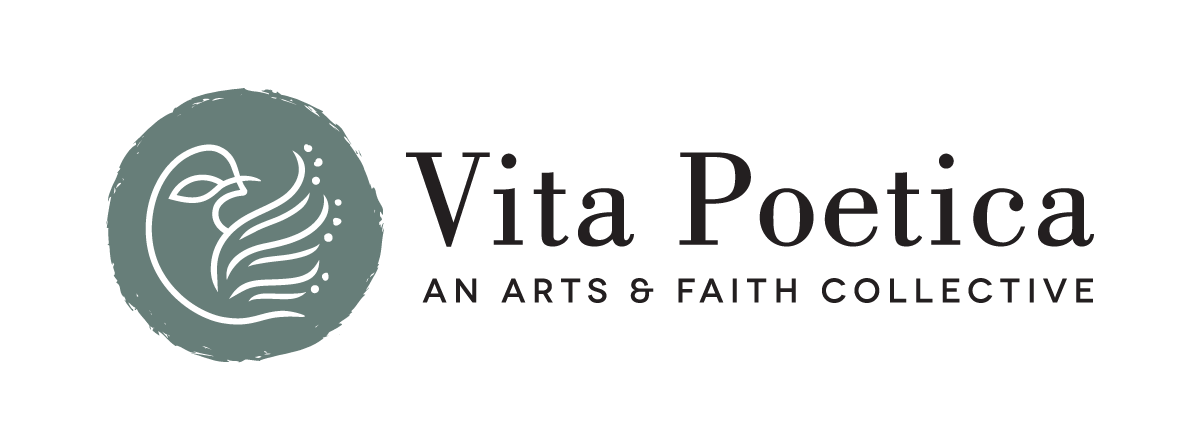Inspiration
Creative Process as Spiritual Journey, Spiritual Journey as Creative Process
Download a printer-friendly version.
Creative people often talk about being in the zone, vortex, or flow—a state of such intense focus that self-awareness disappears, and they perceive time as either standing still or speeding by. Not just artists, but many athletes, scientists, mathematicians, innovators, and entrepreneurs have described similar experiences. Psychologist Mihaly Csikszentmihalyi calls this a state of “flow”—a term that’s become increasingly popular since his TED talk in 2004. He believes it’s a kind of inspiration arrived at through so much practice (on average 10 years, he says) that the ego self falls away, and work just flows out, as though it were making itself.
Spiritual experience is included among these examples of flow. And if we turn to some of the mystics, we find similar language in descriptions of their spiritual lives. In The Interior Castle, the 16th-century Spanish mystic St. Teresa of Avila writes, “There is a self-forgetfulness that is so complete that it really seems as though the soul no longer existed… so entirely is she employed in seeking the honor of God.”
There was a time when all inspiration was divine inspiration. The word “inspiration” itself was first used in the English language exclusively in a religious sense, describing influence through divine or supernatural power. Its roots come from the Latin inspirare, meaning “to breathe into,” and it is also related to the Latin spiritus, which gives us the word “spirit.” Later, English began to also adopt this more literal meaning of breathing in—“inspire,” as opposed to “expire,” meaning to exhale or to die (that is, to stop breathing).
We find both literal and figurative meanings of inspiration invoked in Genesis, as the first human was created when God “breathed into his nostrils the breath of life, and the man became a living being.” Jesus breathed on the disciples and told them to receive the Holy Spirit. Even Plato describes poets creating their greatest works when they are literally breathed into by the Greek muses—the goddesses of literature, science, and the arts.
If inspiration involves receiving the breath of God, then all of life becomes a creative pursuit. If we could start to identify what inspires us—what helps us leave our selves behind, encounter mystery, and allow divine love to overflow out of us—perhaps this might help us to live more fully into our creative and human potential, to experience personal growth and spiritual transformation.
— Julie Wan
Questions for Reflection/Discussion:
1. What is something or someone that has inspired you in any way? What qualities about that thing or person moved you? What did this inspire you to do, be, make, or feel?
2. Can inspiration be sought after or nurtured? Do you have practices, disciplines, rituals, icons, or charms that help you work or live at your best?
3. Consider the word “inspire” and its meaning as “breath” or “spirit.” What might this insight bring to your creative or spiritual practice, to your life work or calling?
4. Is there a relationship between your creative process and your spiritual journey? How can we bring more of the creative process into the spiritual journey and the spiritual journey into the creative process?
5. Novelist Carey Wallace writes, “All spiritual problems are creative problems, and all creative problems are spiritual problems… The solution to them all is to draw closer to God, the source of all order, rest, and freedom, and of every image, sound, and word.” What do you make of this? Have you ever experienced a creative problem as a spiritual problem or vice versa? How did you respond?
6. One of the hopes behind Vita Poetica is to build community among artists and makers, to encourage, share, and inspire each other. What creative project are you in the midst of, and how can we as a community be a source of support and inspiration to you?
Contemplative Exercise: Breath Prayer
Choose a meaningful word or two. One common practice is to choose an invocation as your first word — for example, a name for God — and then a need or desire as your second word. For example, “Spirit, joy.” Breathe in slowly as you say the first word (out loud or silently), and breathe out slowly as you say the second word.
Learn more about the tradition of breath prayers at Sacred Journey and Gravity Center.
